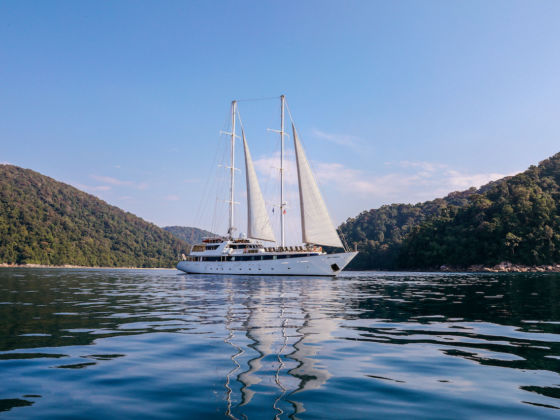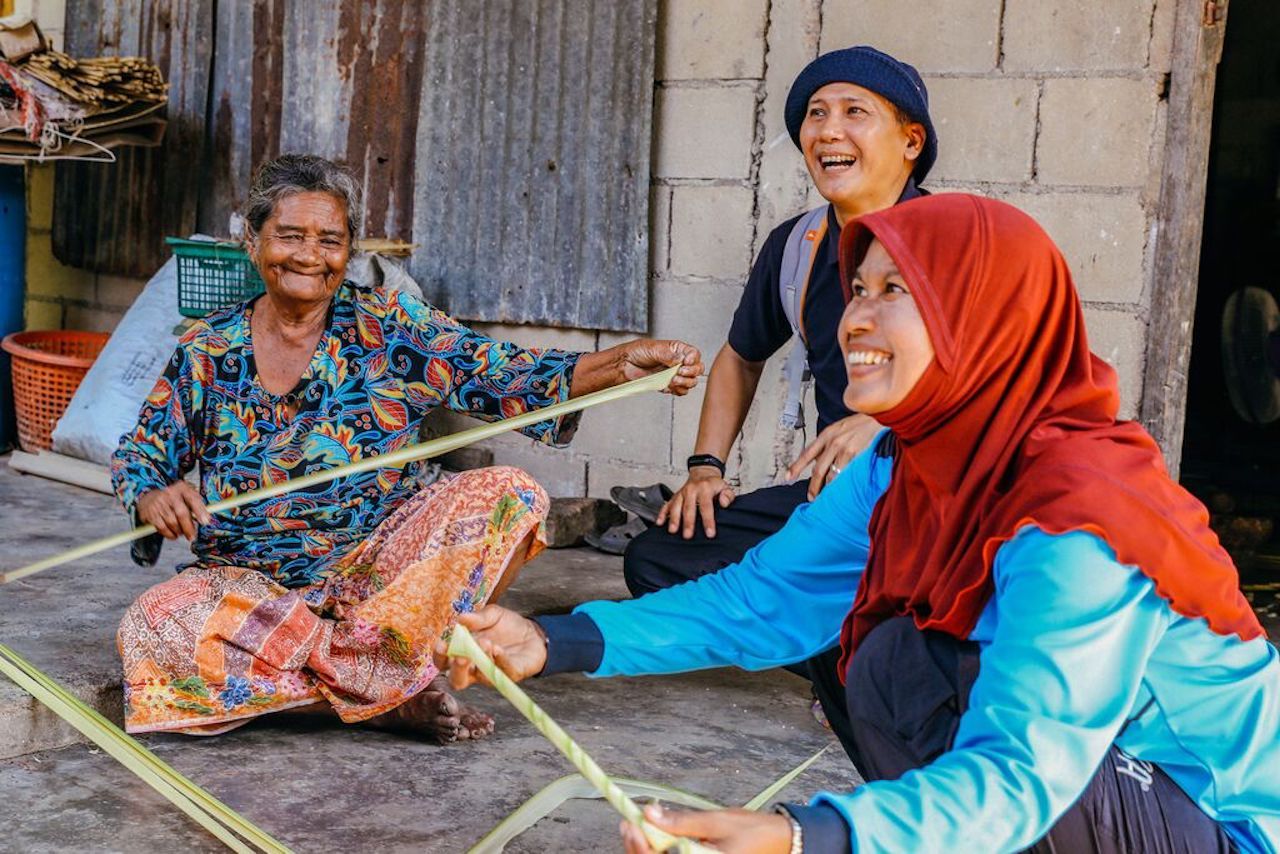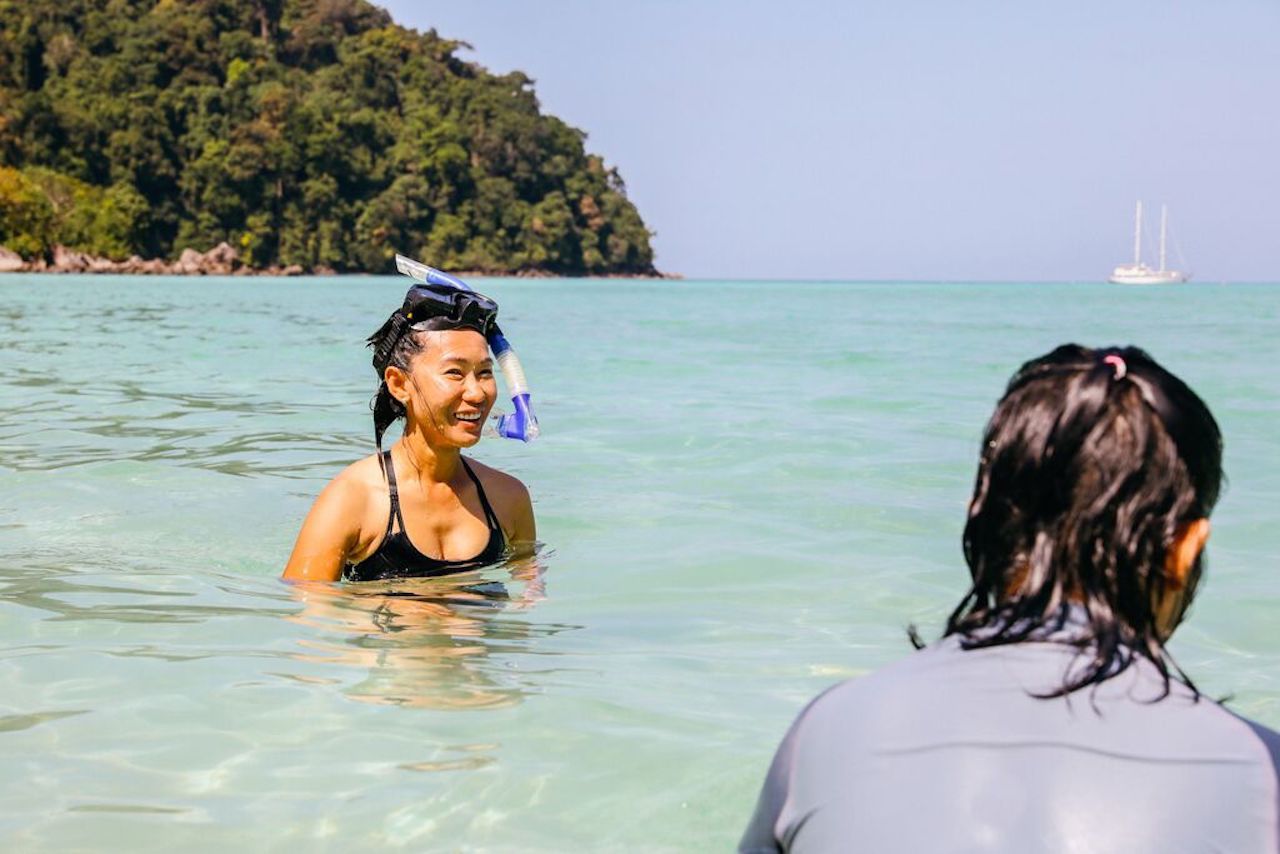Traditional cruises are almost all the same: thousands of guests mill around a floating city, eating questionable oysters and getting shepherded to iconic locations like Venice and Santorini. It’s a tired model, but it is rarely questioned by those who want to enjoy an easy, all-inclusive floating vacation.
Yet, cruise travel is the source of many travel-related issues. It contributes to the ever-growing problems of overtourism in coastal destinations, which are being trampled to near-death. But cruise ships do more than bring too many visitors to saturated spots, they also dump human waste into harbors and kill the culture of small towns that have to change entirely to meet the expectations of swaths of foreign visitors.





